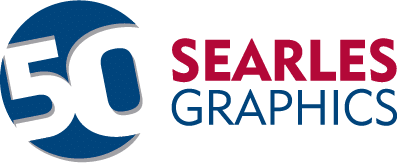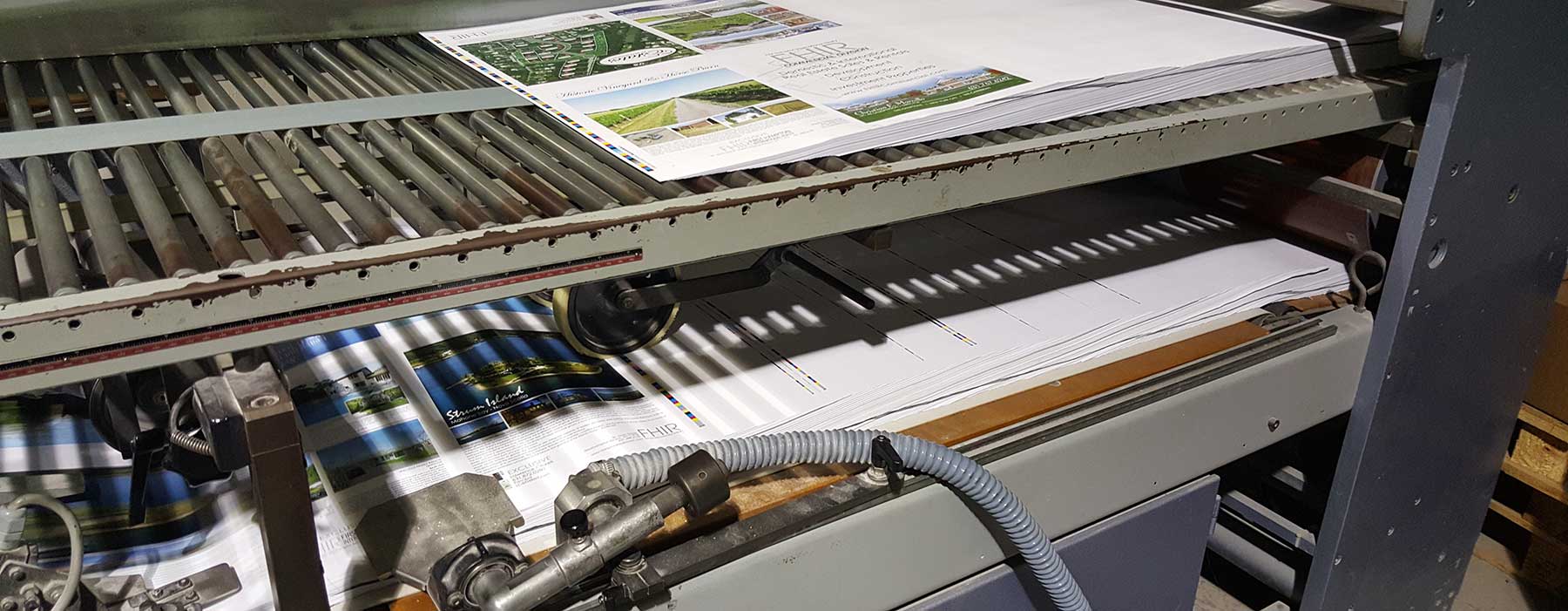NULL
I think the misconception with “price-per-piece” stems from the fact that everything we quote when it comes to print materials is a very custom process. We work with you to pick the right stock, the best format so it stands out or runs better on press or in the bindery, something that’s more cost-effective or something that might be more costly represents the high quality your brand stands for.
In contrast, people are generally more used to unit prices. I want 3 of these and each one costs $x so my total is $3x. If I decide I only need two than my total is $2x. It’s simple that way, and most people don’t buy things on a regular basis at quantities that justify a change to that model.
But commercial printing is a volume-based business. Even if we do extremely short runs (which we can do on our digital press), they tend to be of larger items – like a 64-page coil-bound book – that still justify the cost of coming to a commercial printer to get it done.
The short answer to the question “Why does my price-per-piece change my unit cost when I change my quantity?” is economies of scale. It’s always less expensive on a per-item basis to produce things in larger quantities. It doesn’t matter if what you’re producing is a widget or a brochure, more always means a lower price.
The reason for this is simple: Overhead. In the print industry, most of the overhead comes from make-ready (aside from the obvious costs of rent, power, heat, etc.). Make-ready is the time it takes to set up a printing press, a folder, a saddle-stitcher, a perfect binder, or any other piece of equipment to run your job. Regardless of the length of the run (i.e. number of pieces) it takes the same amount of time to prep a piece of equipment.
Whether it’s washing up the press before your job runs, making sure the ink coverage is correct across the page, setting up a folder to fold the press sheet at exactly the right spot, or simply loading and unloading large quantities of paper, there is a lot of time that goes into preparing to run a job. Once the printing press, folder, collator or any other equipment we use is set up, running the job is a relatively straightforward process.
As an example (the numbers aren’t accurate but you’ll get the point), let’s say it takes 30 minutes to prepare a printing press to run your job and we can run that press at 10,000 sheets an hour. If you only do 1,000 pieces, a very large portion of your cost is in your make-ready because it will take longer to do that than it will to run the entire job! However, if you’re doing 100,000 pieces, make-ready becomes a much smaller percentage of the overall cost of the job. If you imagine that a make-ready costs you $100 on each piece of equipment (the real number is based on a number of factors that we don’t have time to go into in this article!), then for 1,000 pieces to go from a press, to a folder, to a saddle-stitcher means your make ready adds $0.30 per piece (3 * 100 / 1000). For 100,000 pieces that cost is only $0.003 per piece.
In this example, if we priced solely based on a per-piece model, and we decided we need to charge $0.30 per piece, that would add $30,000 to that 100,000 piece run, instead of the $300 it really costs.

